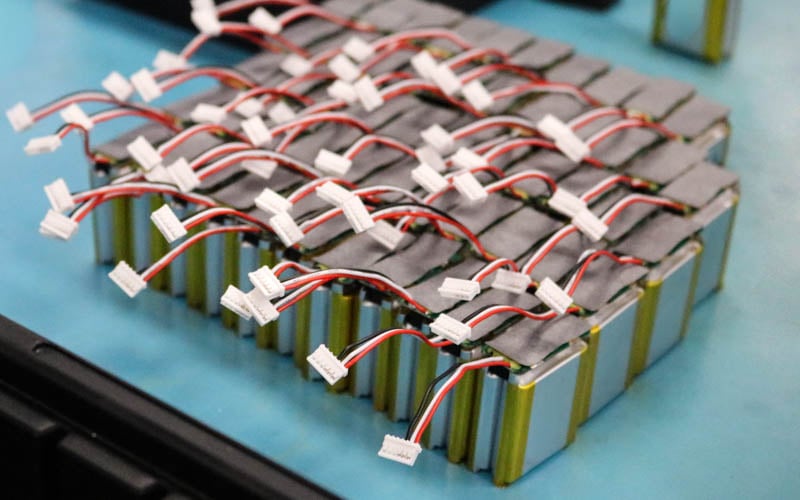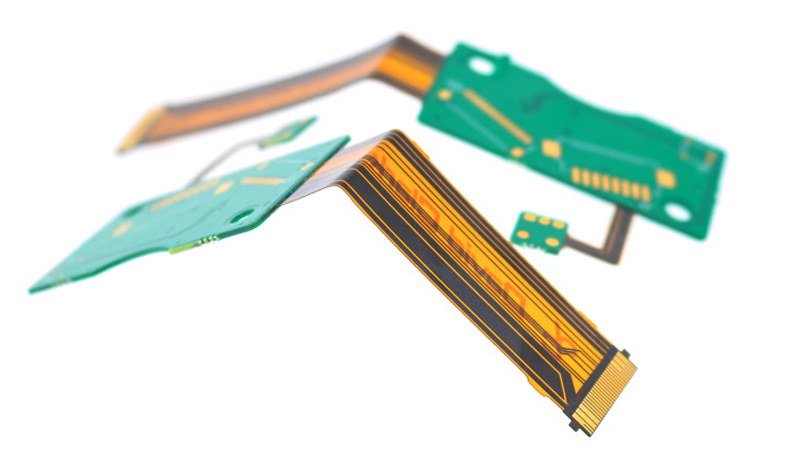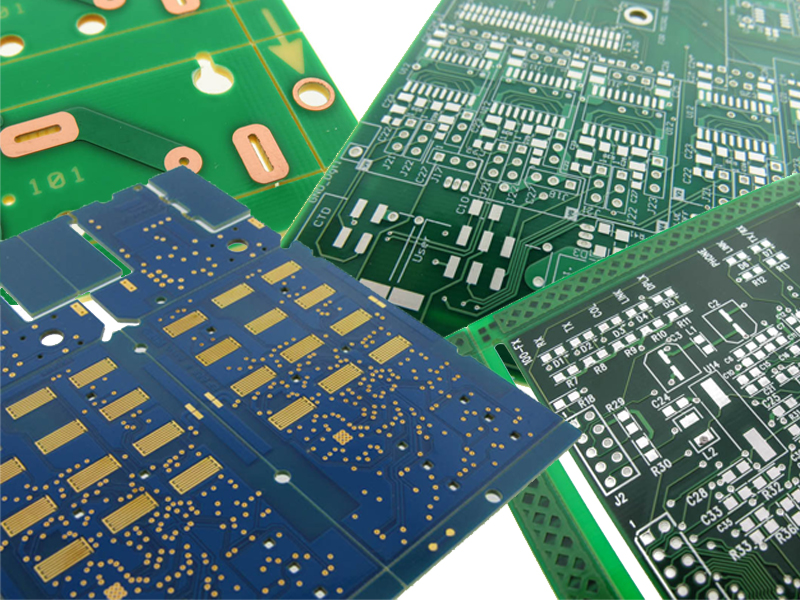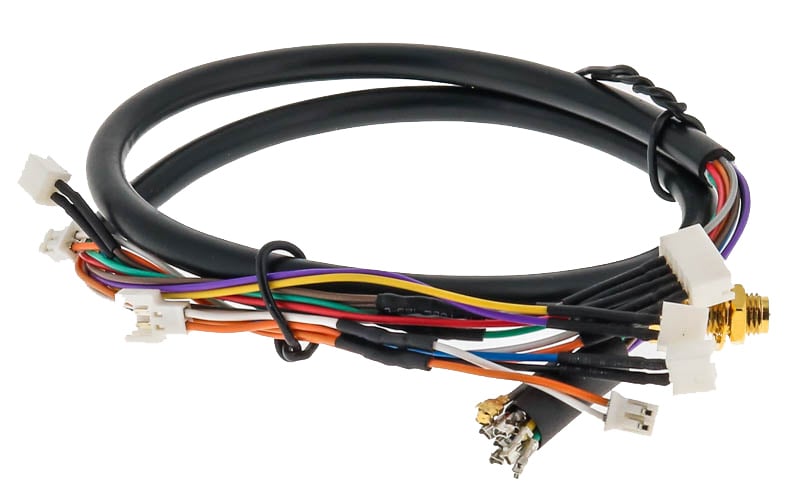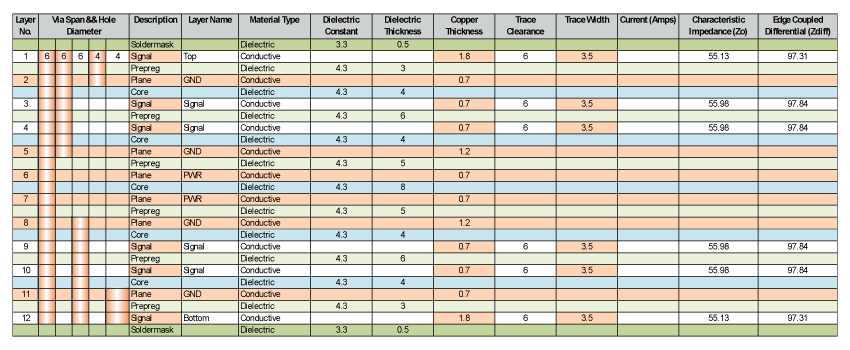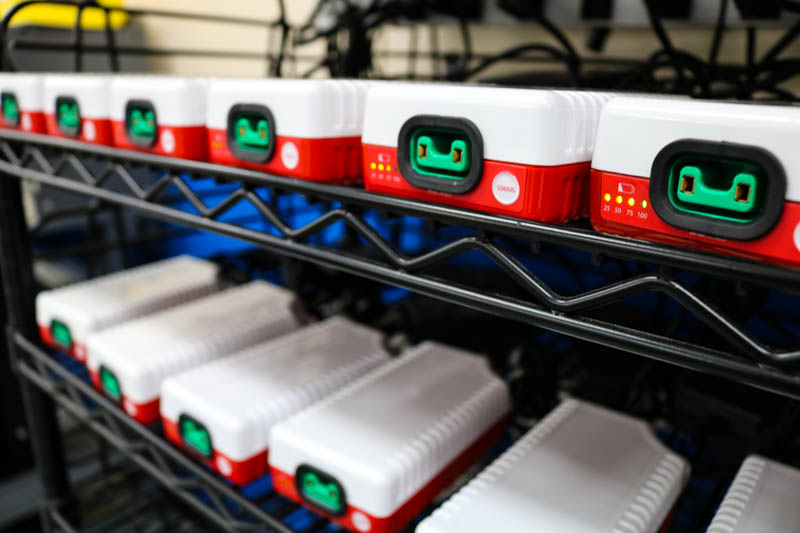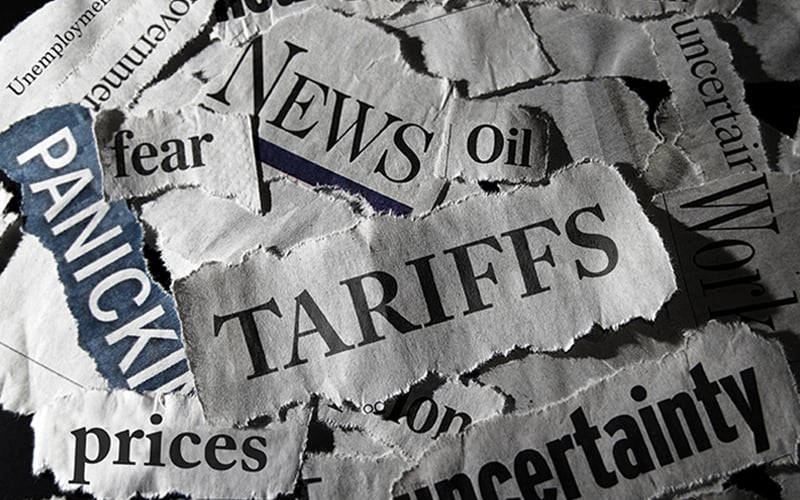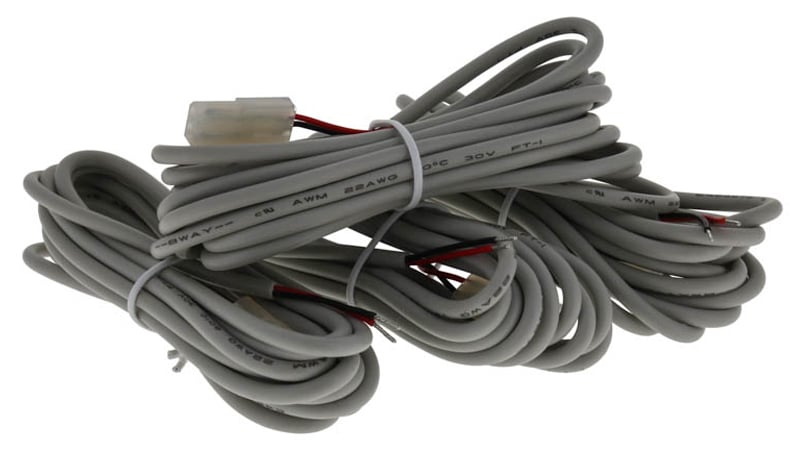Every device requires unique power and energy needs, whether it requires a strong jolt of power when starting up or a steady amount of energy for long periods of work activity. Yet factors such as aging, degradation, extreme temperatures, and severe discharging events can impact the available capacity of a battery cell.
Rigid-flex PCBs are engineered to eliminate the very failure points introduced by traditional cable and connector assemblies, but they’re not immune to failure themselves. While rigid-flex technology reduces interconnects and improves signal integrity, it also introduces unique design and handling challenges. When not properly accounted for, these challenges can result in costly production issues, reduced reliability, or premature field failure.
It’s no secret that as printed circuit boards (PCBs) have evolved into higher technology levels, it has become more difficult to process the boards in a standard production setting. By standard, I mean panelized boards popped onto the line or conveyor and letting them run. Copper is the driving processing factor for a lot of production; the ounce weight drives the part and determines how long.
Lithium-based battery packs require battery management systems (BMS) to monitor important functions. These functions include the temperature, voltage, current, charging/discharging rates, capacity, and the overall health of the batteries. If an issue arises, such as high temperatures or overcharging, the BMS collects the data and sends it to the device's control system.
In the medical device industry, safety and reliability for electronics are non-negotiable. A single component failure can have serious consequences, which is why regulatory frameworks exist to set the bar for quality and consistency.
I have spoken in the past about my long career in printed circuit board (PCB) manufacturing (1982) and how, at the beginning of my career, we still had home phones tied to the wall by cord. If we were lucky enough, the spiral stretch cord was very long.
When developing a battery pack, two major subsystems must work together efficiently: the battery management system and the stack of cells. Most of the development time is spent determining what type of protection and electrical requirements will be required for the battery pack.
As we approach Chinese New Year 2026, manufacturers face a convergence of challenges that demand proactive leadership and operational agility. From extended factory closures to rising geopolitical tensions and tariff threats, this season requires more than routine planning. It calls for strategic foresight.
At the conclusion of our webinar, Understanding UL Wire Options that Surpass Industry Standards, we had several questions submitted to our presenter, User Interface & Cable Assembly Product Manager, Steven J. Goodman. We compiled these into a readable format on our blog.
Flexible heaters are low-cost, ultra-thin heating elements designed to conform to the shape of the surface they are applied to. They deliver precise, reliable heat in applications where space, weight, or geometry constraints make traditional heating methods impractical.


